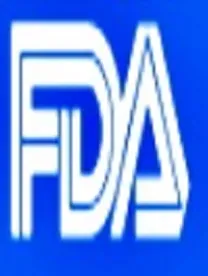On October 1, 2013 the Food and Drug Administration (FDA) released new draft guidance titled, “Guidance for Industry ANDA Submissions ― Refuse-to-Receive Standards.” The guidance is intended to assist sponsors in preparing abbreviated new drug applications (ANDAs), and prior approval supplements (PASs). The draft guidance focuses on what an applicant should include in their submissions and what deficiencies cause the FDA to refuse to receive an ANDA.[1] The draft guidance is designed to help improve the overall quality of ANDA submissions by identifying and explaining the common major deficiencies and outlines how FDA intends to address user fee payments on insufficient applications under the Generic Drug User Fee Amendments of 2012 (GDUFA).
In 2011, FDA reported that 15.5% of ANDA submissions were refused due to omissions in applications. The draft guidance identifies the most common mistakes as a way to improve the efficiency of the review process and conserve FDA and applicant resources.
According to the draft guidance, FDA will outright refuse to receive an ANDA when the submission contains at least one major deficiency or ten or more minor deficiencies. Sponsors that submit additional materials to correct deficiencies following an outright refusal-to-receive are required to submit a new GDUFA fee and the resulting amended ANDA will be considered a new ANDA submission received as of the new date. Submissions with fewer than ten minor deficiencies may be filed, provided that the applicant corrects the identified deficiencies within five business days. In such a situation, FDA will consider the amended application to be received as of the date on which it was first submitted to FDA.
Clients that prepare ANDA and PAS submissions should consult the new guidance for two reasons. First, the released guidance is open to public comment for thirty days.[2] While the final guidance will not have the rule of law, it will represent the FDA’s official opinion on ANDA submissions. The comment period is the best chance for the industry to help shape FDA’s approach to ANDA application review.
Second, the draft guidance provides valuable insight into the FDA review process that can help an applicant successfully file an ANDA. The FDA provides pertinent information regarding the ANDA submission process including: formatting guidance, payment issues, patent certification, chemistry specifics, and bioequivalency guidance.
[1] This has also been called a “Refuse-to-File” decision.
[2] This timeframe will likely be extended due to the ongoing shutdown of the U.S. government.





 />i
/>i

